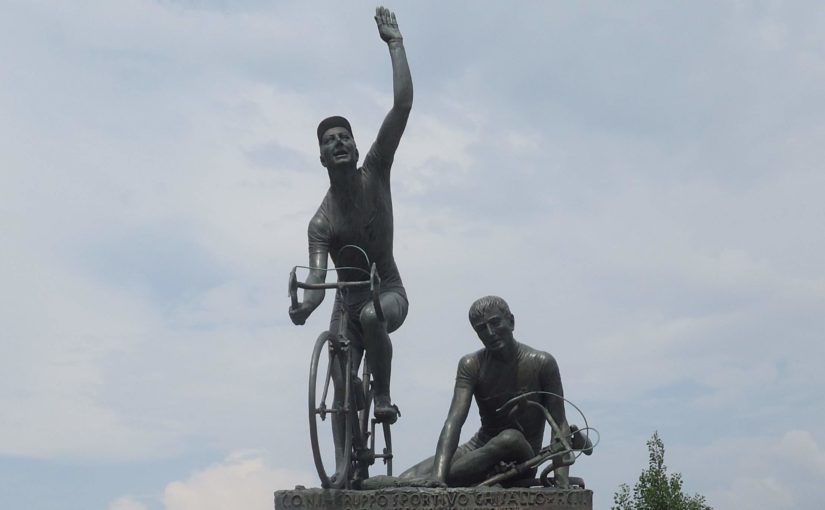Il Lombardia (formerly known as the Giro di Lombardia), “Classica delle foglie morte” (the classic of the dead [falling] leaves), is traditionally the last of the five classic “Monuments” of the cycling season.
The first edition was 1905. It was then called Milan-Milan. It gained the name “Giro di Lombardia” in 1907. The route has changed many times. Milan, Sesto San Giovanni, Bergamo, Varese, Monza, Como have been start or finish place.
In 2004, for example, the race started in Mendrisio in Switzerland and ended in Como. The most famous obstacle is the Madonna del Ghisallo climb that appears in the latter part of the race. A shrine there has a small museum containing religious and cycling objects.
In 2012, the name of the race officially became Il Lombardia, because the race organizer, the RCS sport wanted to use the word “Giro” only for the Italian grand tour, the Giro d’Italia.
Fausto Coppi won the classic race a record five times. Frenchman Henri Pelissier and Irishman Sean Kelly are the only non-Italian riders to win the race three times.
In modern times (after the year 2000), only Damiano Cunego won the race three times (2004, 2007, and 2008). Other multiple winners of modern times are Joaquim Rodríguez (2012, 2013) and Vincenzo Nibali (2015, 2017).
Tripletta
The combination of winning all three of Italy’s great cycling races, Milan-San Remo, the Il Lombardia, and the Giro d’Italia in the same year is a very rare feat. This Italian Treble “tripletta” only happened twice in the history of bicycle racing: 1949, Fausto Coppi, and 1972, Eddy Merckx.
Significant climbs of “Il Lombardia” route
The Il Lombardia is considered a pure climbers’ classic and one of the most arduous races of the season, because of its distance (around 255 km) and several famous (very hard) climbs.
The signature climb of the classic is traditionally Madonna del Ghisallo. It has been part of the race since 1919.
The climb starts near Bellagio at the shore of the Lake Como and heads up until the church of Madonna del Ghisallo (elevation: 754 meters), the patroness of cyclists. Over the years, it has become indelibly linked with the race and with cycling in general.
It was the favorite climb of cycling greatnesses Fausto Coppi and Gino Bartali, who immortalized it. The church also serves as a museum containing religious and cycling-related objects.
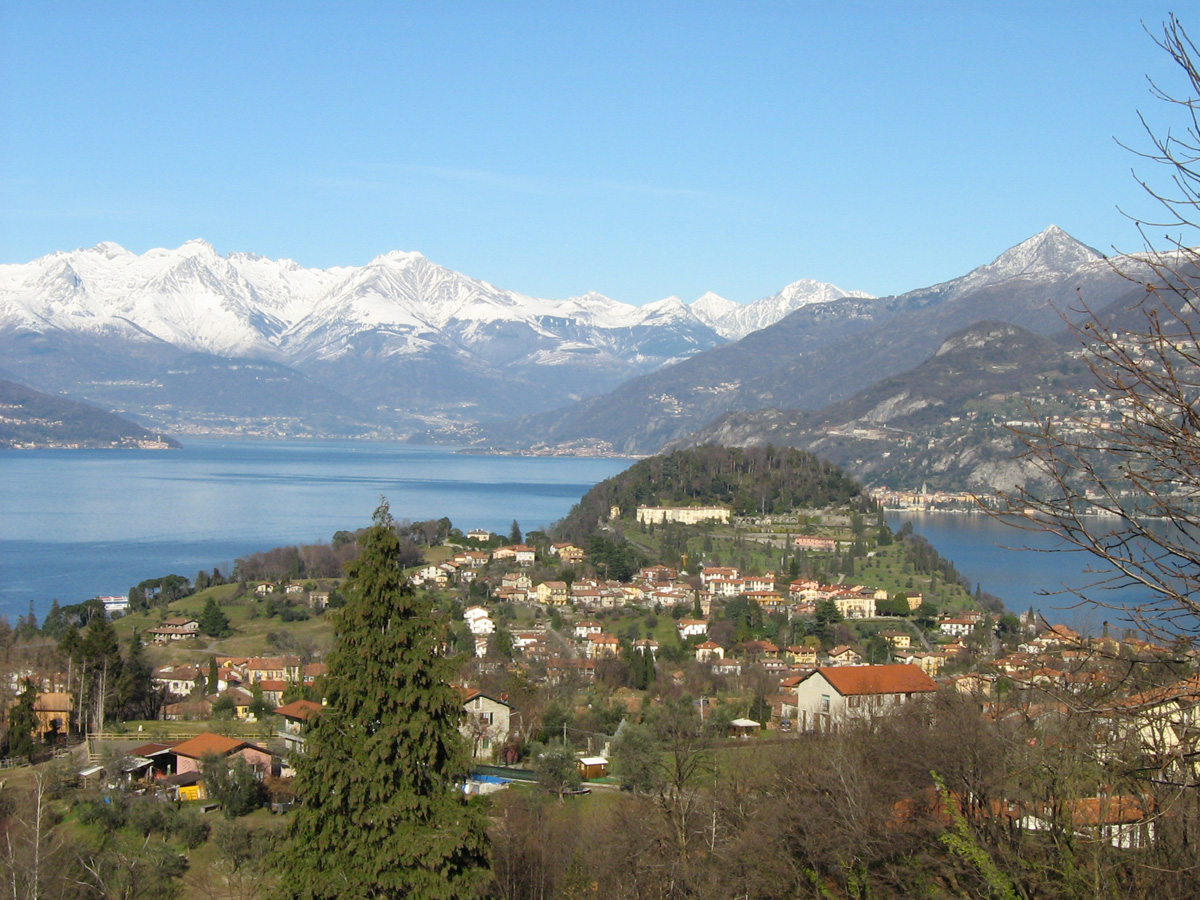
The famous Muro di Sormano climb was included in the route between 1960-1962. World champion Ercole Baldini used a 44×29 in 1960 on the climb. Five-time Tour de France winner Jacques Anquetil used a 42×27. Rik Van Looy was pushed up by spectators. Anquetil was quoted saying it would be impossible to ride up.
- Civiglio 5,7 km at 6,9%, 10% max
- Colle Brianza 4,2 km at 6,9%, 7,5% max
- Colma di Sormano 9,6 km at 6,5%, 8,4% max
- Colle del Gallo 6 km at 6,8%, 10,4% max
- Madonna del Ghisallo 10,6 km at 5,2%, 11% max
- Muro di Sormano 1,7 km at 17%, 25% max
- San Fermo della Battaglia 2,2 km at 8,2%, 8,3% max
- Valcava 11,8 km at 8%, 12% max
- Villa Vergano 3,2 km at 7,4%, 15% max
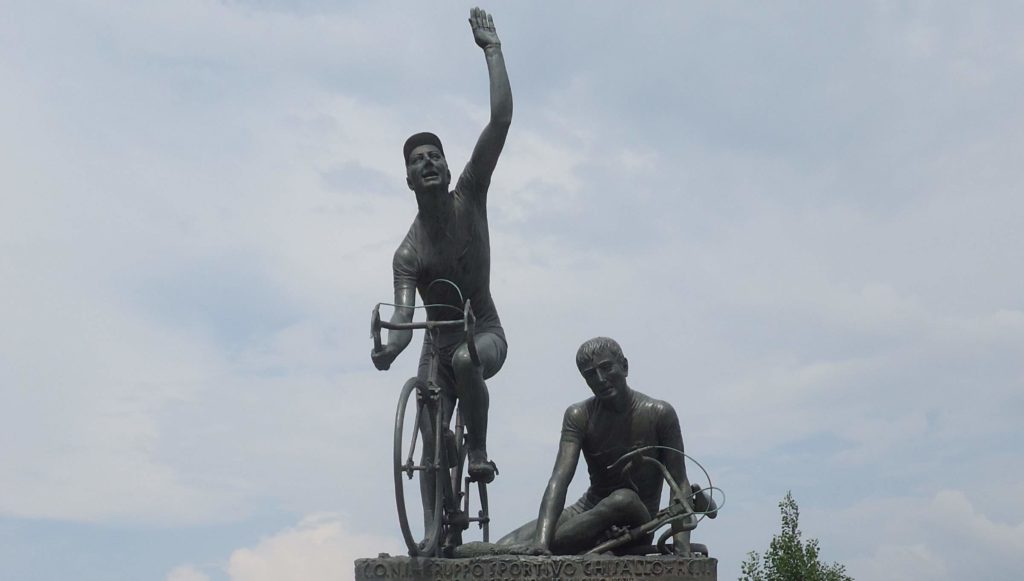
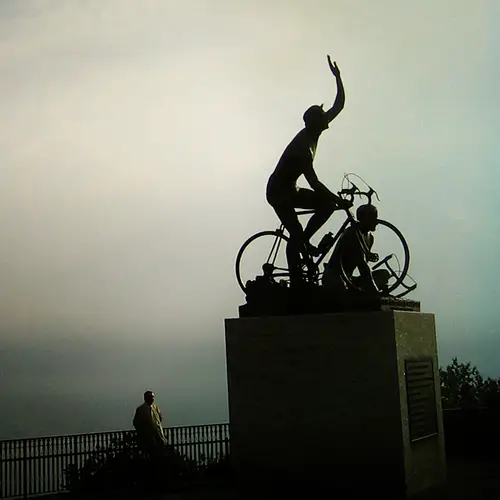
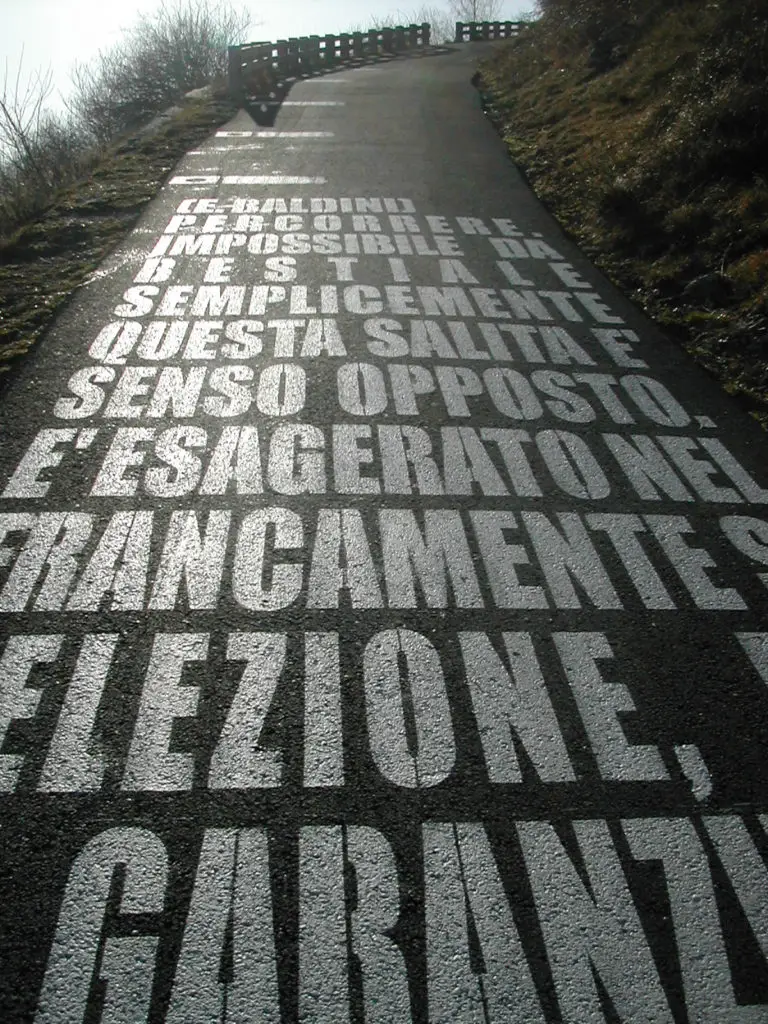
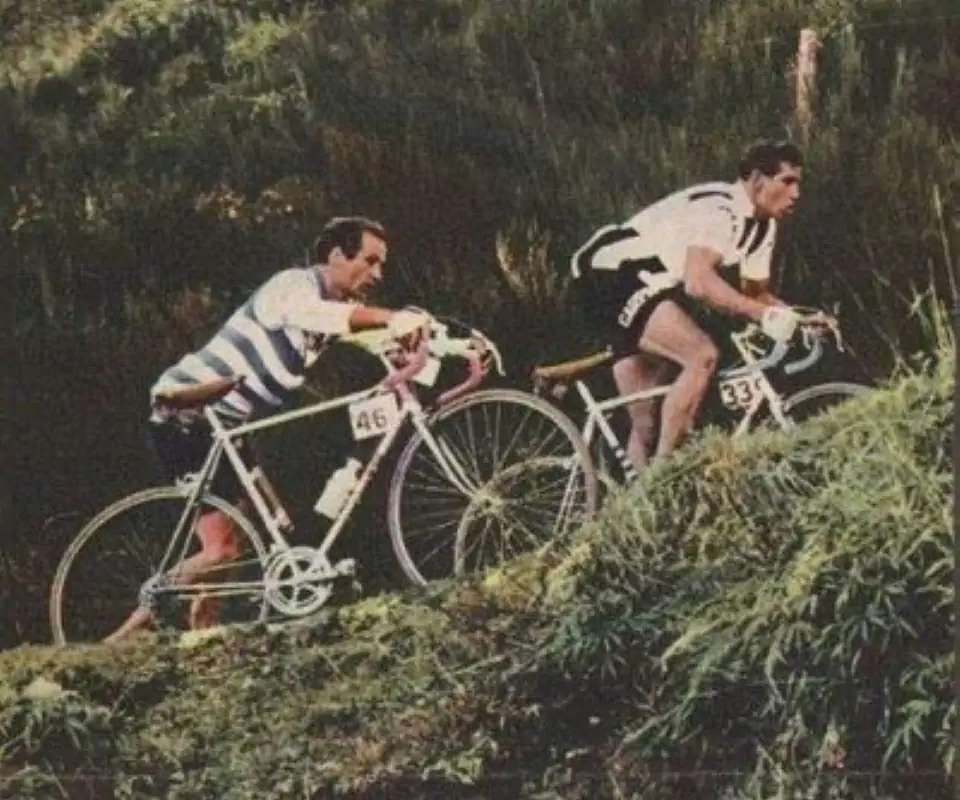
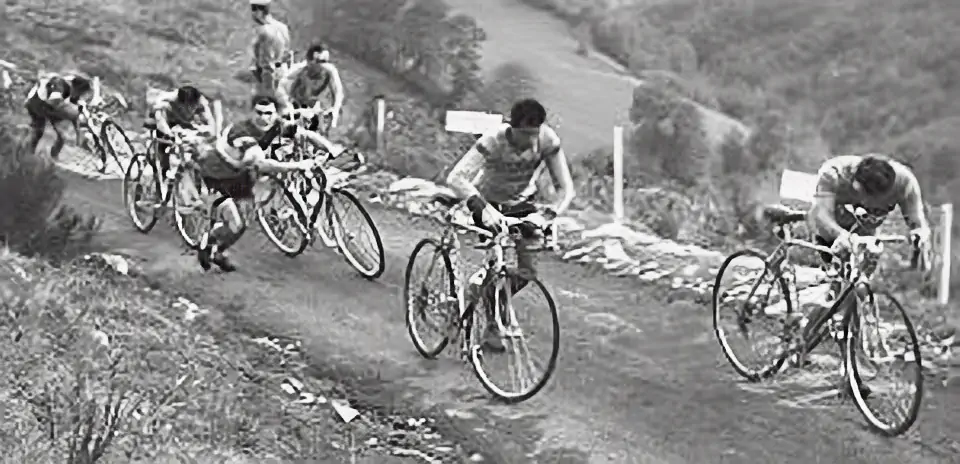

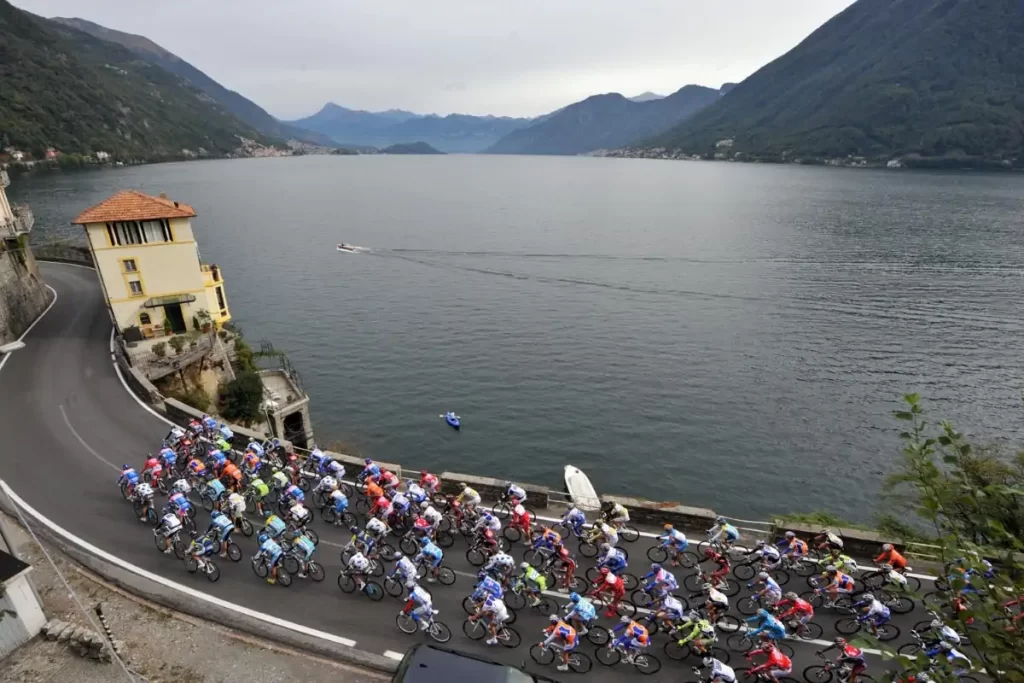
Sources
- Tour de France Explained for Newbies - July 5, 2025
- BikesOnline Carlsbad: Your Premier Cycling Destination in San Diego County - June 15, 2025
- Top 19 fastest Paris-Roubaix editions - April 14, 2025
